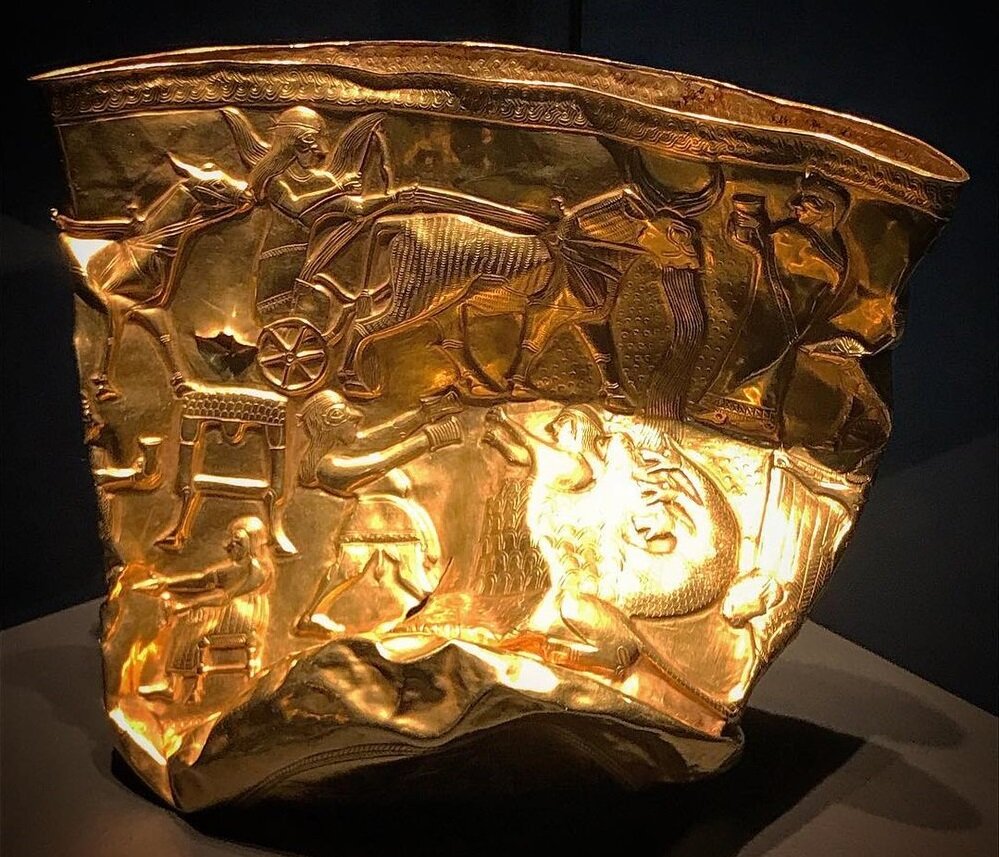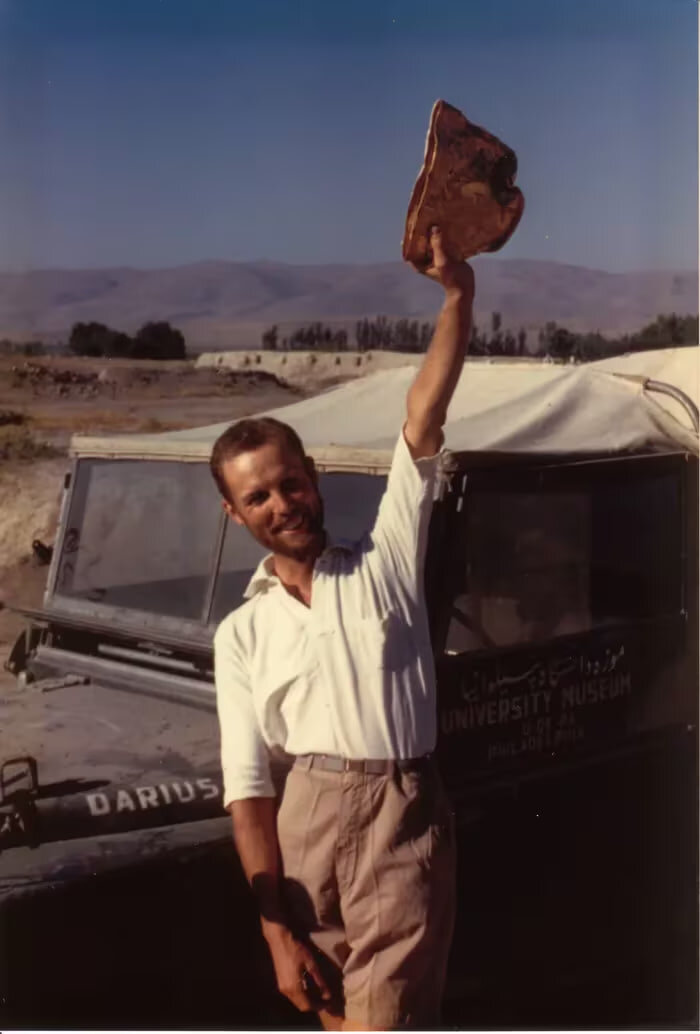Gold Bowl of Hasanlu to go on view at Urmia Museum

TEHRAN - The millennia-old Gold Bowl of Hasanlu, a significant archaeological find named after the location where it was excavated some 66 years ago, will be showcased at the Urmia Museum of Archaeology in celebration of Cultural Heritage Week.
The loan exhibition, organized by the National Museum of Iran, will run from May 18 to 24, the provincial tourism chief said on Thursday.
In a recent press conference, Morteza Safari expressed excitement over the return of the Gold Bowl to West Azarbaijan after several years, inviting history enthusiasts to visit the Urmia Museum to view this exquisite piece.
The Urmia Museum, one of Iran’s richest and largest museums, houses 25,000 historical objects. However, due to space limitations, the official said that only 10 to 15 percent of these artifacts are on display at any given time. Moreover, he highlighted the need for expanding the museum’s exhibition space, with plans to triple its current capacity in the near future.
He also emphasized the ongoing efforts to preserve the province’s cultural heritage, noting that 50 historical sites are currently under restoration. These efforts include organizing journalist tours to notable locations such as the Grand Mosque and several historical mansions.

Robert H. Dyson jubilantly holds the gold bowl from Hasanlu, Iran, aloft in the field in 1958. (Credit: Penn Museum Archives)
The treasured artifact was unearthed by Emamqoli Mohammadi Hasanluei from the ruins of a burned ancient building at Tepe Hasanlu, near Naghadeh and Lake Urmia in West Azarbaijan province.
Engraved with images of gods and rituals, a stone cylinder with gold caps, a figurine of laminated ivory, and a sword hilt with a bronze guard, the Gold Bowl of Hasanlu was discovered almost 3,000 years later near the skeletal hand of an individual who had been fleeing with it at the end of the 9th century BC. The excavation was led by the celebrated anthropologist and archaeologist Robert H. Dyson, Jr., a prominent figure in Iran’s archaeological scene in the mid-20th century.
The bowl quickly became recognized as a unique and significant example of ancient goldsmithing, showcasing a high degree of technical mastery and a wide range of ornamental motifs that provide insight into the religious and mythological traditions of its time.
Over the years, the bowl has been discussed in countless scholarly books and articles, including an analysis by Marie-Therese Barrelet (1911-1996), who deemed it one of the greatest finds of the decade. Images of the crumpled yet still dazzling bowl appeared in newspapers around the world, and scholars began publishing their interpretations of the images etched onto this magnificent artifact.
Evidence suggests that when the citadel of Hasanlu was under violent siege, some soldiers managed to penetrate it, grabbing valuable treasures, including the prized gold bowl. The hypothesis suggests that the building collapsed due to fire, crushing the warriors and their possessions under layers of debris. They remained there for around 3,000 years until the groundbreaking discovery in 1958.
Due to the lack of written records, very little is known about the inhabitants of Hasanlu and their invaders. “There is no written evidence from Hasanlu that would attest to the identity of the inhabitants. We know neither the ancient name of the site nor the state to which it may have belonged, much less the linguistic and/or ethnic affiliations of its population – neither preceding nor during the period with which we are concerned,” writes Irene J. Winter in an article titled “The Hasanlu Gold Bowl: Thirty Years Later.”
Among the most important objects uncovered at Hasanlu were an unusually decorated silver bowl, several iron garment pins headed by bronze lions, a solid gold bowl, a knife handle with gold cloisonné, and two hollow bronze horse heads that served to hold liquids.
The Gold Bowl of Hasanlu is currently kept at the National Museum of Iran in downtown Tehran.
AM
